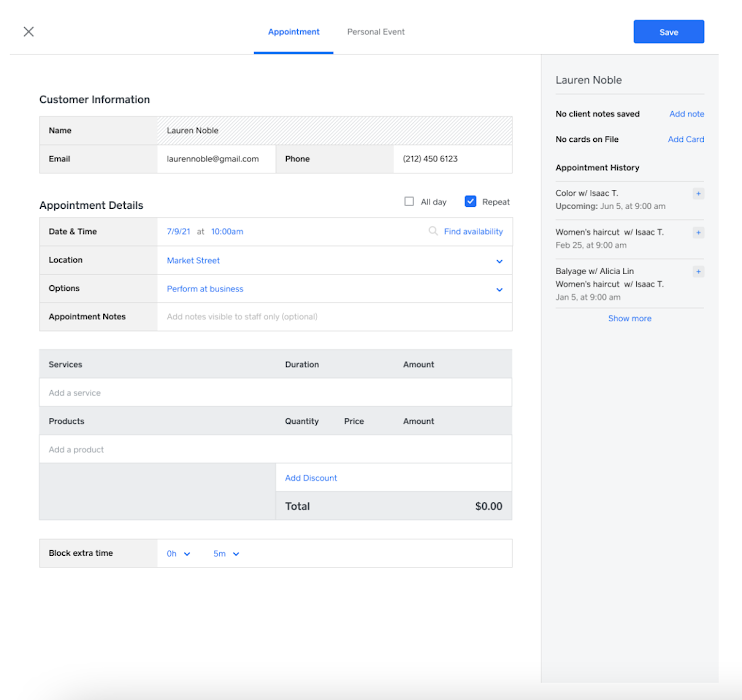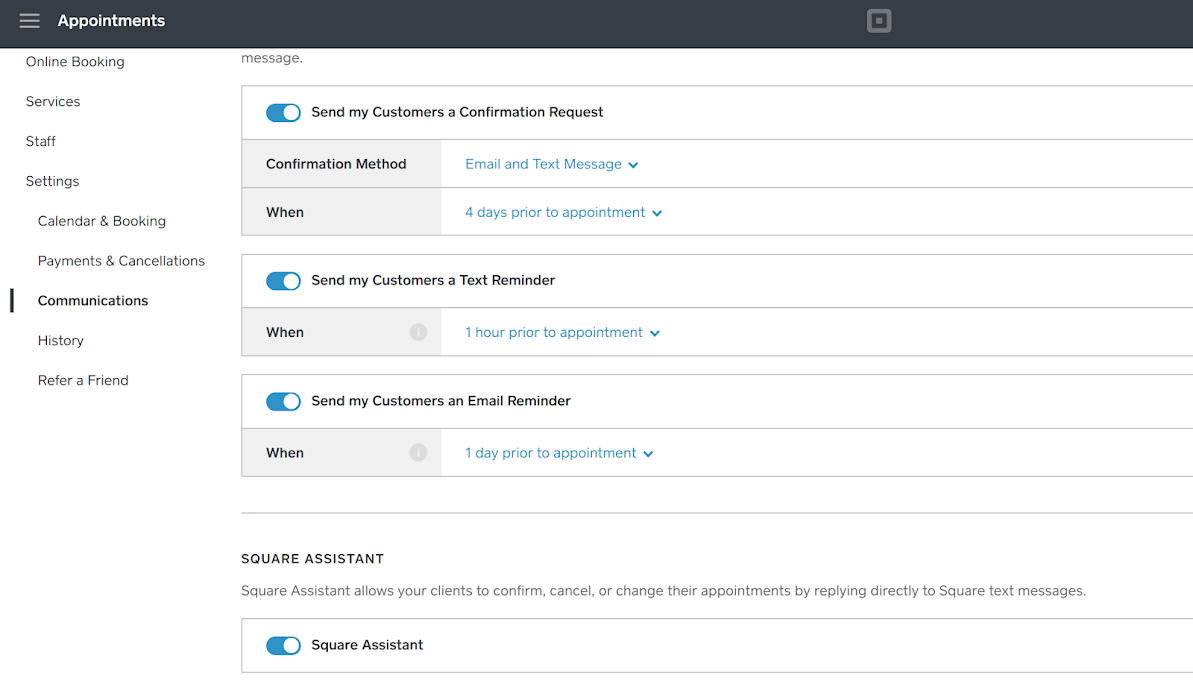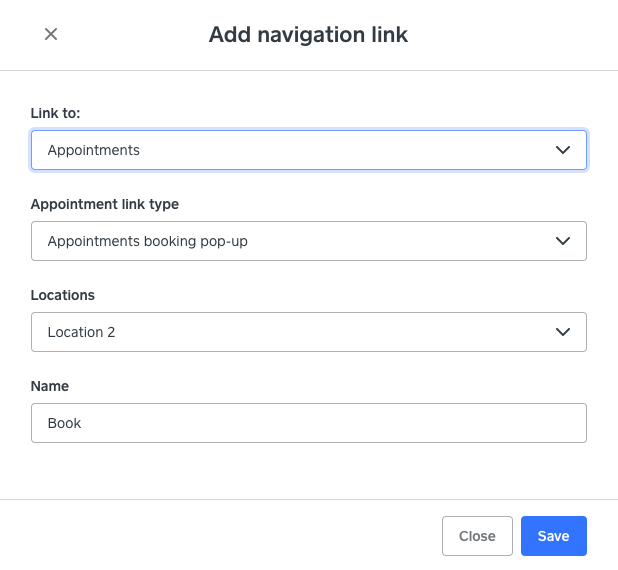TechRadar Verdict
It’s easy to set up and use Square Appointments for your business. However, the app is lacking in certain areas and is expensive relative to the competition.
Pros
- +
Free version available
- +
User-friendly interface
- +
Square payments integration
Cons
- -
Expensive
- -
Limited customization
- -
Limited booking templates
Why you can trust TechRadar
Square is a payments processing giant founded in 2009 by Jack Dorsey and Jim McKelvey. Before starting Square, Dorsey co-founded Twitter, the popular social media platform.
The company provides a suite of payment processing services for small, medium-sized, and large businesses, including point-of-sale systems and an online payment gateway. Square Appointments is marketed as part of the company’s point-of-sale systems, as it lets businesses simplify scheduling with customers and handle payments.
In 2021, Square Inc, the parent company, rebranded as Block Inc. It, however, continued to use its former name for existing products.
Is Square Appointments one of the best scheduling apps? Let's find out...

Square Appointments: Plans and pricing
Any business can sign up for the free plan of Square Appointments. However, this plan lacks many functionalities compared to the paid plans. Hence, you’ll need to upgrade to a higher version to make the best use of the app.
The app has two paid plans; Plus and Premium. The former costs $29 per month per location and the latter costs $69 per month per location. Custom plans are also available for businesses that process over $250K per year, including every feature in Premium alongside a dedicated account manager and discounted bundling on some other Square services, e.g., invoices and payroll.
You can take advantage of the 30-day free trial period to test each plan before making your final decision.

Square Appointments: Features
The first step to using Square Appointments is to create an account. To do this, you need a valid email that you can verify. You also need to provide specific details about your business, such as a physical address and the industry you’re in.
Once you create an account, you can access a personalized Square dashboard. You can control all your subscriptions to Square services from this dashboard, not just the appointments tool. Hence, it can be pretty confusing trying to find your way through it, especially for new users.
You can manage appointments easily from the web-based interface or mobile app. The primary way to do that is by creating a dedicated online booking website for your business. Square provides in-app tools for this purpose, including design templates that you can select from. However, the variety of templates are limited.
After selecting the templates, you can also choose custom colors, layout, and pages to differentiate your booking website as much as possible. Then, deploy it when you’re done! Your bookings website will be assigned a unique subdomain attached to Square’s official domain name, i.e., businessname.SquareUp.com. Customers can visit your unique address and schedule appointments with you directly.
If you have a personal website for your business, you can also embed the appointments tool within it to let customers book directly. This feature is compatible with websites powered by popular content management systems, such as Squarespace, Wix, WordPress, and more.
After a customer books an appointment with your business, you can send them automated email and text reminders to ensure they don't miss it. You can also set an enforceable fee policy for last-minute cancellations and no-shows.
Square is primarily a payments processing product, so it lets businesses using its Appointments app to take payments from customers. You can accept payments online or purchase a Square-branded point-of-sale hardware and take payments from customers’ credit or debit cards.
Regarding payments, Square provides a unique feature to businesses called Afterpay. It’s a “buy now, pay later” product that lets your customers split their purchases into four interest-free installments over six weeks. Enabling Afterpay can increase your sales, mainly for businesses that offer expensive services.
Another noteworthy feature is the Square Assistant. It’s an automated tool powered by artificial intelligence that replies to clients on your behalf to confirm, cancel or reschedule appointments, 24/7.

Square Appointments: Interface and use
The app has a pretty tidy interface that makes it easy to navigate. We didn’t face any noteworthy difficulty during our testing.
Square Appointments: Support
Square provides live customer support through email, telephone, live chat, and social media, which is commendable. However, we observed a pattern of complaints that the company’s customer support is often inadequate and needs significant improvement.
You can also access detailed articles and guides for the Square Appointments app on the official Help Center.
Square Appointments: The competition
Popular alternatives to Square Appointments include Setmore, SimplyBook, and Picktime. Square’s primary advantage over these rivals is its comprehensive payment features.
Square Appointments: Final verdict
We consider Square Appointments a decent app for businesses to take appointments from their clients without difficulty. As a plus, it provides many ways for businesses to receive payments easily. However, we noticed some drawbacks, such as being expensive.
Stefan has always been a lover of tech. He graduated with an MSc in geological engineering but soon discovered he had a knack for writing instead. So he decided to combine his newfound and life-long passions to become a technology writer. As a freelance content writer, Stefan can break down complex technological topics, making them easily digestible for the lay audience.

